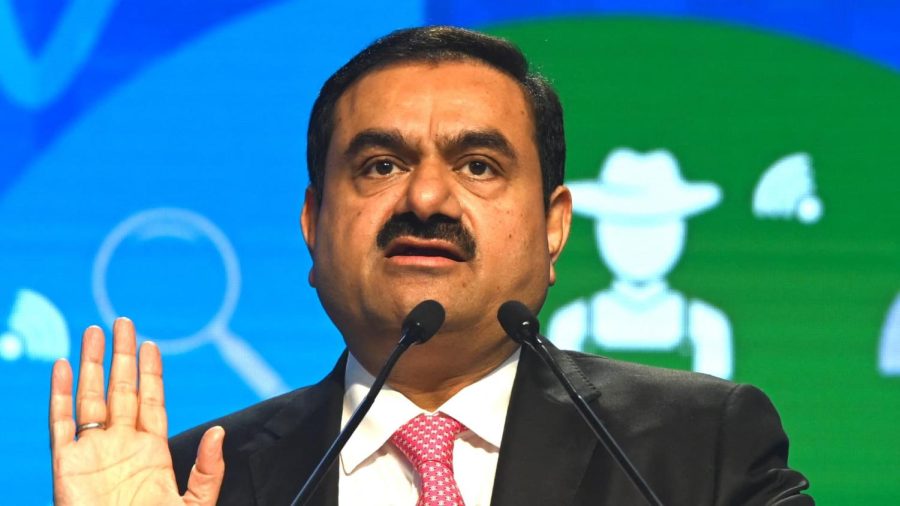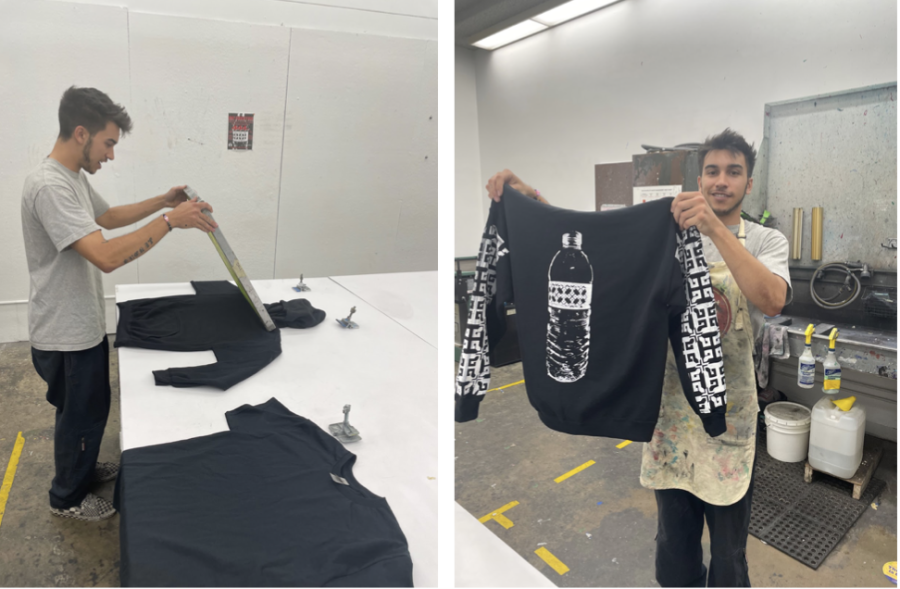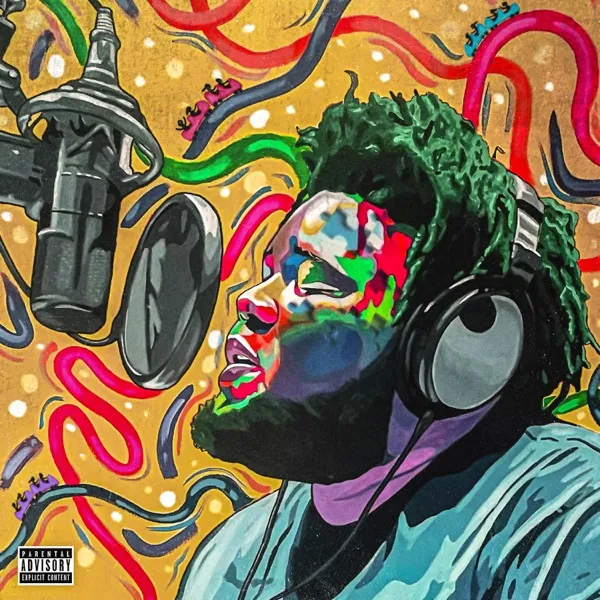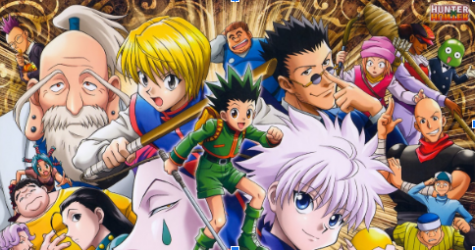Misunderstanding: Why The US Has Drug Pricing All Wrong
Despite an increased focus on the issue, the US government continues to make a mess of drug prices. Economics specialist Noel Walters explains why.
According to a 2021 poll, 63 percent of American adults currently use prescription medications. Moreover, 26 percent of this 63 percent say they have trouble paying for their medications. Despite recent decreases in prescription drug prices, more Americans are becoming concerned about high drug costs and demanding that something be done about them. In fact, 88 percent of Americans say they want it to be simpler for generic drugs to join the market. To lower the maximum price of drugs, the same proportion calls for price controls.
President Joe Biden recently tweeted that we should cap insulin prices at $35, and his Build Back Better Act includes provisions for the state to lower the description drug prices through “negotiations” and limits annual drug price increases.
Mark Cuban recently launched the Cost Plus Drug Company. The goal of Cost Plus is to offer medications at the cheapest prices possible, charging only a 15 percent markup and pharmacist fee. Gleevec generics are listed for $17.10, over $2,485 lower than the typical retail price of $2,502. If the government gives Cuban’s business plan the go-ahead, it might succeed. In light of the impending threat of drug price controls, Cuban’s company is crucial at this time.
The Consequences of Price Controls
Some people may originally find it logical to support price controls to reduce drug prices, but these policies are completely unsustainable. Economic journalist Henry Hazlitt points out in chapter 17 of Economics in One Lesson: “When prices are arbitrarily held down by government compulsion, demand is chronically in excess of supply. We have seen that if the government attempts to prevent a shortage of a commodity by reducing also the prices of the labor, raw materials and other factors that go into its cost of production, it creates a shortage of these in turn.”
Failure to heed to warnings of Hazlitt and other free market advocates has had disastrous consequences. When Canada’s Patented Medicine Prices Review Board launched drug price controls in 2019, the country experienced a 40 percent drop in the number of new drugs launched. In 2021, a survey revealed that over one-third of pharmaceutical leaders delayed new treatments in Canada. The loss of these new drugs may more than offset the alleged benefits of the Patented Medicine Prices Review Board’s price controls.
If the US doesn’t learn from the failures of Canada, predictions show cutting drug prices 40–50 percent may lead to a decline of 30–60 percent in R&D (research and development) projects being undertaken in early stages of development. Rather than risk the loss of new drugs through price controls, the US can lower prices through opening up drug markets to competition and abolishing drug patents.
Why Drug Prices Are So High
The primary source of high drug prices is monopolies (A single company exclusively providing a product or service) granted by the government to pharmaceutical companies in the form of drug patents. Without competition in pricing, many drugs have risen out of the affordability of lower-income consumers. As Hazlitt says in chapter 15 of Economics in One Lesson:
“When people want more of a commodity, their competitive bidding raises its price. This increases the profits of the producers who make that product. This stimulates them to increase their production. It leads others to stop making some of the products they previously made, and turn to making the product that offers them the better return. But this increases the supply of that commodity at the same time that it reduces the supply of some other commodities. The price of that product therefore falls in relation to the price of other products, and the stimulus to the relative increase in its production disappears.”
Drugs that prolong and improve life are in great demand, which generates a lucrative market. New producers are therefore very eager to create these drugs. Unfortunately, this cannot always be the case due to government-issued patent rights. Certain medicines are subject to exclusive corporate monopolies that can last up to twenty years. It should come as no surprise that the evidence firmly links increased drug production competition to lower drug prices. For example, a 2017 study published in Annals of Internal Medicine examined the price changes of 1,120 generic drugs from 2008 to 2013. The study found that drugs under monopolies rose in price while drugs under quadropoly fell in price. A quadropoly is when four companies exclusively provide a product a service.
Furthermore, a study published in JAMA (Journal of the American Medical Association) in 2016 found that “the most important factor that allows manufacturers to set high drug prices is market exclusivity, protected by monopoly rights awarded upon Food and Drug Administration approval and by patents.”
The abolition of drug patents will undoubtedly lead to lower drug prices and countless lives saved. With competitive and open drug markets, companies would be able to invest money normally used in legal cases into R&D. Companies would finally have the legal right to develop their own property without being penalized. Not only are patents impractical but they are direct violations of individual property (IP) rights. As Stephan Kinsella points out in his book Against Intellectual Property: “IP rights give to pattern-creators partial rights of control—ownership—over the tangible property of everyone else. The pattern-creator has partial ownership of others’ property, by virtue of his IP right, because he can prohibit them from performing certain actions with their own property.”
Without a doubt, monopolistic rules and patents are harmful and useless. It’s possible that resentment toward these anti-entrepreneurial and anti-consumer policies will increase with the launch of Mark Cuban’s Cost Plus Drug company.
Conclusion
Governments’ refusal to permit a free market in pharmaceuticals has caused untold amounts of injury to the people of the US and Canada. Millions of people with lower incomes in the US are prohibited from accessing life-saving medications due to patent monopoly pricing, and individual property owners are unable to use their own resources and expertise to provide the same medications at competitive prices.
Many Canadians may suffer as a result of the Patented Medicine Prices Review Board’s stringent price controls and their expulsion of new medications. The Cost Plus Drug Company, owned by Mark Cuban, has the power to restore confidence in the free market and reveal these bad government policies for what they are: government failures.
Your donation will support the student journalists of Eastside High School. Your contribution will allow us to purchase equipment and cover our annual website hosting costs.

Noel Walters is a senior writer for The Monthly Ram. He primarily about sports, economics, and politics. In his free time, Noel enjoys weightlifting, going...

























